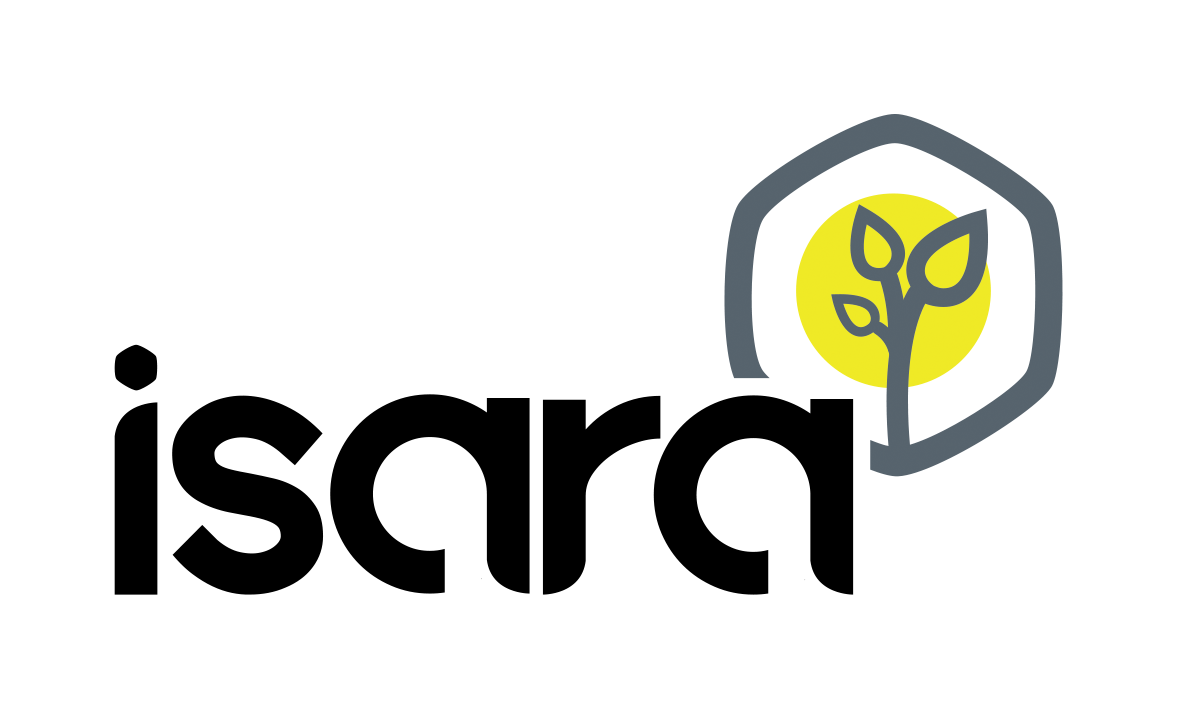The sustainability debate on plastics: Cradle to grave Life Cycle Assessment and Techno-Economical Analysis of PP and PLA polymers with a “Polluter Pays Principle” perspective
Résumé
We have studied the impacts of polypropylene (PP) and poly lactic acid (PLA) to quantify the differences between fossil-based and first generation biosourced plastics. Preliminary results on impact assessment from manufacturing stages suggested that the smaller the lot size and part weight of each injection molded plastic material, the higher the economic and environmental impacts. When lot size and part weight were equal, PLA performed better than PP. In three regional development scenarios, we have studied the impacts of end-of-life (EOL) options for smaller-sized and potentially landfilled single-use food packaging materials in town (population <10 k), city (population 30–250 k), and province (population >1 M) regional scales. The impacts of the change from PP to PLA as well as landfill (L) and open incineration (OI) to other EOL options, such as recycling (R), composting (CP), and incineration with energy recovery (IwE), were studied. Impacts of toxic damages are calculated as their impact on the healthcare sector. Thus, microplastics (MP) as a vector of bioaccumulation of toxins, such as dioxins, resulted in 16,5 $/kg MP on a province scale. In the Province scenario, where L PP (90%), a mix of R and OI PP was changed to a mix of R and CP PLA resulting in 63% economic gain and 39% lower global warming potential (GWP). In the City scenario, where L PP was changed to a mix of R PP (50%), IwE PP (25%), and IwE PLA (25%) resulting in 22% economic gain and 26% lower GWP. However, the higher the waste management activities such as sorting and waste processing, the higher the high-carcinogens (+137%), high non-carcinogens (+456%), and toxic release for total air (+9%) emissions. Future work should be done to study the impacts of other toxic compounds such as food contact chemicals to compare different food packaging materials to obtain more comprehensive results.
Origine : Publication financée par une institution




